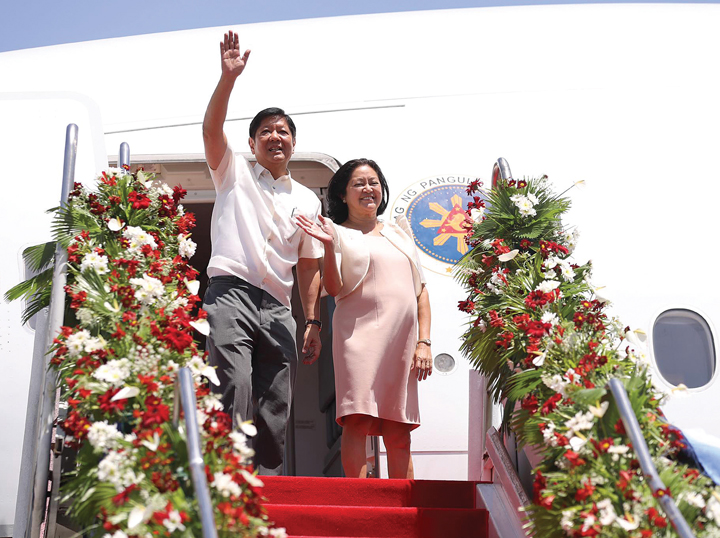The increase in the government’s spending to respond to the Covid-19 pandemic would continue the double-digit growth in the country’s current health expenditure, according to the Philippine Statistics Authority (PSA).
PSA Assistant National Statistician of the Macroeconomic Accounts Service (MAS) Vivian R. Ilarina told the BusinessMirror this is likely given the current trend in health expenditures.
Based on the Philippine National Health Accounts (PNHA), the country’s current health expenditure reached P792.6 billion in 2019, a 10.9-percent growth from P714.8 billion in 2018.
“Yes, it is likely that the current health expenditures would register a double-digit increase for 2020 considering the Covid-19 pandemic, where the government pooled a huge amount and even incurred loans to address this,” Ilarina said.
However, Ilarina noted that social insurance payments made through PhilHealth will help lessen the burden of health expenses made by households.
Last year the bulk of current health expenditures were sourced from household out-of-pocket payment (OOP) which accounted for 47.9 percent and reached P379.7 billion in 2019.
The share of OOP to current health expenditures has fallen below 50 percent in 2019. In the past five years, the share of OOP has fallen from 52.4 percent in 2014 to 51 percent in 2018 before reaching 47.9 percent in 2019.
“It should be noted that the average growth rate [of current health expenditures] is now around 10.1 percent from 2014 to 2019,” Ilarina noted.
Health spending financed through government schemes and compulsory contributory health- care financing schemes came in second at P332.8 billion with a 42-percent share.
Health financing from government schemes and compulsory contributions to health has been increasing in terms of share to current health expenditures. The 42- percent share recorded in 2019 was the highest share recorded in the past five years.
Other sources of current health expenditures were voluntary health- care payment schemes, which contributed P80 billion or a 10.1 percent share. This is the highest since 2014 when it composed 11.3 percent of current health expenditures.
Finance Secretary Carlos G. Dominguez III recently told senators that the total financing secured by the government for its Covid-19 efforts reached $9.9 billion (or roughly over P480 billion) as of September 15.
Finance Undersecretary Mark Dennis Y.C. Joven told the BusinessMirror the updated list already included the recently secured $458.95 million or 50-billion yen Post-Disaster Standby Loan Phase 2 from Japan International Cooperation Agency (Jica) and the $500-million disaster standby facility loan from Asian Development Bank (ADB).
Earlier, the PhilHealth reported that it has released 46 percent or P6.9 billion allocation for its interim reimbursement mechanism. These funds have been “liquidated by health-care facilities in line with strict government accounting and auditing rules.”
The top 10 hospitals that received the highest reimbursements together accounted for P1.998 billion of the amount.
The hospitals include the Southern Philippines Medical Center worth P326 million; Philippine General Hospital, P263 million; Davao Regional Medical Center, P209 million; and, Vicente Sotto Memorial Medical Center, P204 million.


































